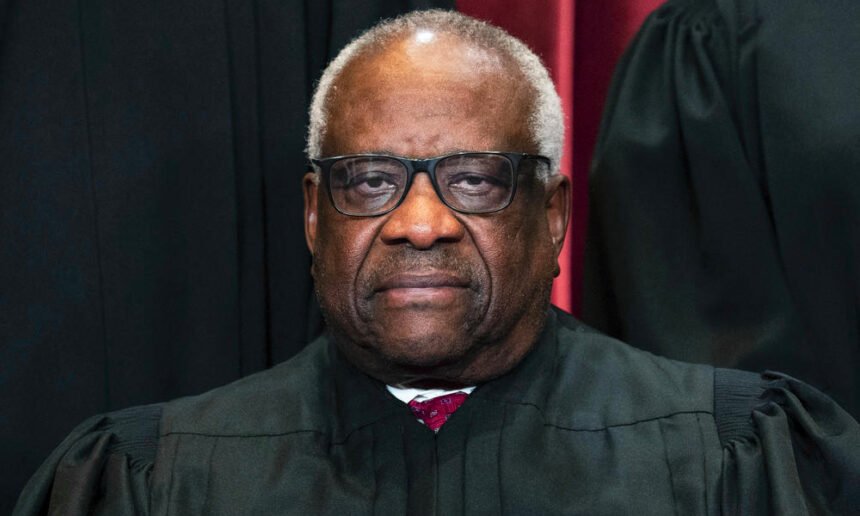In a landmark Supreme Court decision, Justice Clarence Thomas stood alone as the sole dissenter when the court ruled to uphold a federal ban on gun possession for individuals under domestic violence restraining orders. This decision marked a significant divergence from Thomas’s earlier position as a leading conservative voice on the court, who just two years ago authored the Bruen test expanding Second Amendment protections.
Chief Justice John Roberts, backed by a majority of his colleagues, justified the decision by citing the historical precedent of disarming individuals deemed a credible safety threat.
In his dissenting opinion, Thomas argued adamantly against the government’s ability to curtail Second Amendment rights based on potential interpersonal violence, criticizing the lack of historical justification for such measures.
The case revolved around Zackey Rahimi, a Texas man involved in multiple violent incidents, including shootings, who challenged his conviction under the federal domestic violence gun law. Despite compelling evidence linking Rahimi’s possession of firearms to ongoing threats and violence against his intimate partner, Thomas argued that the law unjustly strips Second Amendment rights without a clear historical basis.
“This decision puts at risk the Second Amendment rights of many more,” Thomas asserted in his dissent, disregarding the compelling evidence of heightened risk to victims of domestic abuse when firearms are present. The implications of Thomas’s position extend beyond this case, potentially undermining existing protections for victims of intimate partner violence nationwide.
Domestic violence remains a pervasive issue affecting millions of Americans annually, disproportionately impacting women who are five times more likely to die if their abuser has access to a firearm.
Advocates for survivors and gun control groups have hailed the Supreme Court’s decision as a critical victory for public safety and the protection of vulnerable individuals. President Joe Biden praised the ruling for ensuring that survivors of domestic violence can continue to rely on critical protections.
The dissent authored by Justice Thomas not only underscores his isolation in this critical decision but also raises significant concerns about the judiciary’s role in safeguarding public safety versus individual liberties.
The Supreme Court’s affirmation of the federal gun ban for domestic abusers stands as a pivotal precedent, affirming the government’s authority to disarm those who pose a credible threat to others.



















